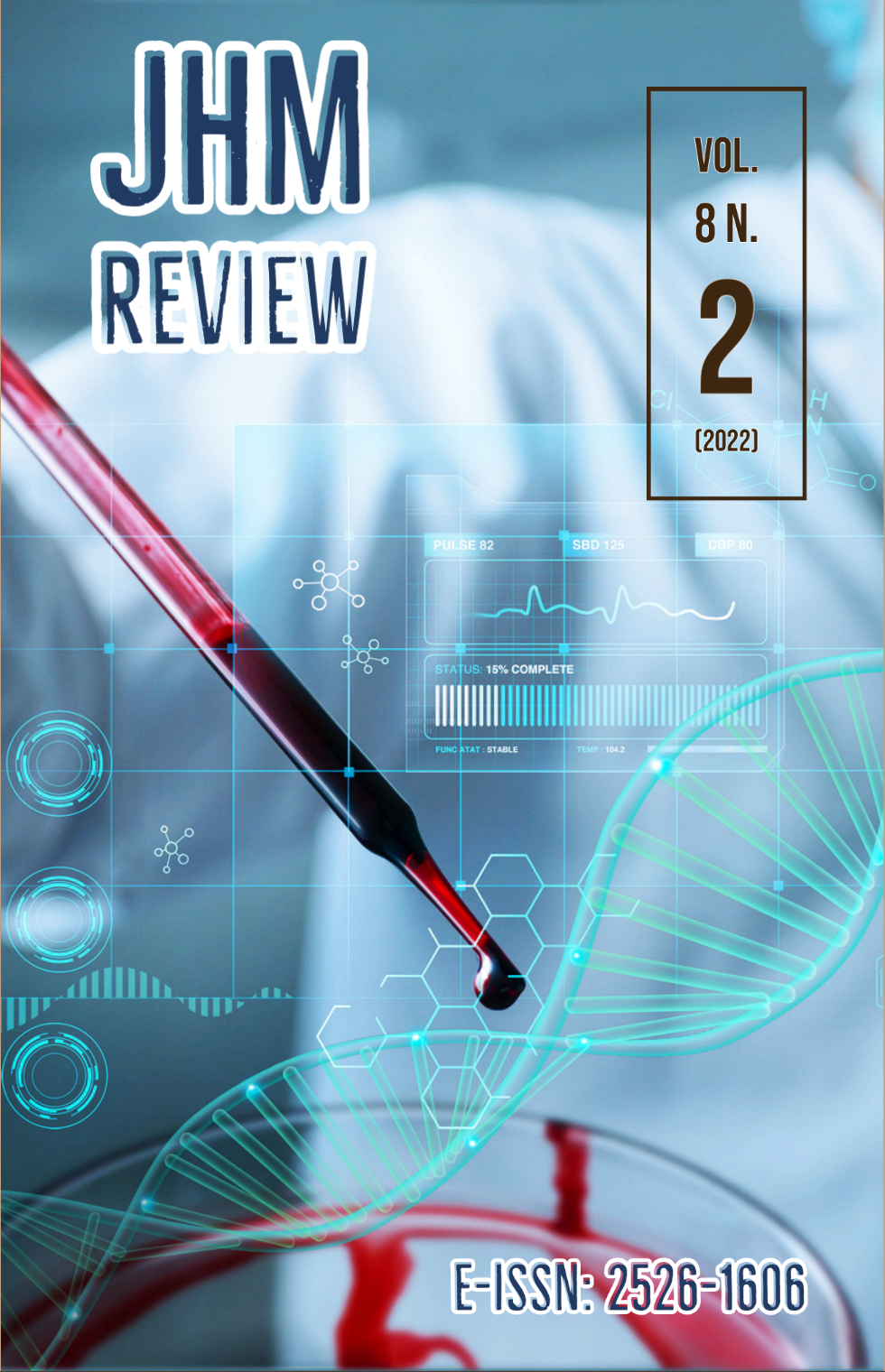Reconstrução Perineal Após Síndrome De Fournier: Experiência De Três Anos Do Hospital Do Servidor Público Municipal De São Paulo
DOI:
https://doi.org/10.37497/ijhmreview.v8i2.323Palavras-chave:
Gangrena de Fournier, Fasciíte necrosante, Retalhos cirúrgicosResumo
A síndrome de Fournier é uma doença infecciosa multi-bacteriana de início insidioso e rápida progressão em região perineal. Seu tratamento inclui desbridamento e antibioticoterapia de amplo espectro, porém, o desbridamento resulta em perda da cobertura cutânea da região perineal. Existem várias técnicas possíveis de reconstrução da área cruenta, como enxertos cutâneos, retalhos miofasciocutâneos e fasciocutâneos, além do fechamento primário da lesão.
Sendo assim, este estudo analisou seis pacientes submetidos à cobertura das áreas cruentas com procedimentos reconstrutivos, que variaram desde a aproximação das bordas com sutura simples até uso de retalhos e enxertos, nas lesões com maiores dimensões. As técnicas de reparação cutânea apresentaram boa evolução com resolução da área cruenta, obtendo-se resultados satisfatórios.
Referências
ALVES, P.; ALVES, S. Reconstrução escrotal com retalho súpero-medial da coxa após síndrome de fournier. Rev. Bras. Cir, v. 28, n. 4, p. 656, 2013.
BALBINOT, P. et al. Síndrome de Fournier: reconstrução de bolsa testicular com retalho fasciocutâneo de região interna de coxa. Rev. bras. cir. plást, p. 329–334, 2015.
DORNELAS, M. T. et al. Síndrome de Fournier: 10 anos de avaliação. Revista Brasileira de Cirurgia Plástica, v. 27, p. 600–604, 2012.
FERREIRA, P. C. et al. Fournier’s gangrene: a review of 43 reconstructive cases. Plastic and Reconstructive Surgery, v. 119, n. 1, p. 175–184, jan. 2007.
JUNIOR, P. C. DE G.; SOUSA, A. V. DE. Revisão da literatura sobre colostomias e suas complicações no período de 2015 a 2021. International Journal of Health Management Review, v. 7, n. 3, 2021. https://doi.org/10.37497/ijhmreview.v7i3.289
LYONS, M. E.; GOLDMAN, J. J. Gracilis Tissue Transfer. Em: StatPearls. Treasure Island (FL): StatPearls Publishing, 2022.
MAURO, V. Retalho fasciocutâneo de região interna de coxa para reconstrução escrotal na síndrome de Fournier. Revista Brasileira de Cirurgia Plástica, v. 26, p. 707–709, 2011.
MCCRAW, J. B. et al. Vaginal reconstruction with gracilis myocutaneous flaps. Plastic and Reconstructive Surgery, v. 58, n. 2, p. 176–183, ago. 1976.
MEHL, A. A. et al. Manejo da gangrena de Fournier: experiência de um hospital universitário de Curitiba. Revista do Colégio Brasileiro de Cirurgiões, v. 37, p. 435–441, 2010.
MELLO, D. F.; HELENE, A. Reconstrução escrotal com retalho fasciocutâneo superomedial da coxa. Revista do Colégio Brasileiro de Cirurgiões, v. 45, 2018.
MOSCONA, A. R.; GOVRIN-YEHUDAIN, J.; HIRSHOWITZ, B. The island fasciocutaneous flap; a new type of flap for defects of the knee. British Journal of Plastic Surgery, v. 38, n. 4, p. 512–514, out. 1985.
NAJI, S. H. Reconstruction of scrotum in Fournier’s gangrene. Kufa Med J, v. 14, n. 2, p. 219–24, 2011.
ÖCÜK, Ö. et al. Effectiveness of Fasciocutaneous Superomedial Thigh Flap in Reconstruction of Fournier Gangrene Defects. Eplasty, v. 22, p. e26, 2022.
PARK, J. Perineal Reconstruction. Em: Grabb and Smith’s Plastic Surgery. 8th Edition ed. Philadelphia: Chung KC, 2020.
SHORT, B. Fournier gangrene: an historical reappraisal. Internal Medicine Journal, v. 48, n. 9, p. 1157–1160, set. 2018.
WHAIB, A. R. A. Evaluation of superomedial fasciocutaneous thigh flap in replacement of scrotal and penile skin. Iraqi Postgraduate Medical Journal, v. 10, n. 3, 2011.
Downloads
Publicado
Como Citar
Edição
Seção
Licença

Este trabalho está licenciado sob uma licença Creative Commons Attribution-NonCommercial-NoDerivatives 4.0 International License.
Autores que publicam nesta revista concordam com os seguintes termos:
O(s) autor(es) autoriza(m) a publicação do texto na da revista;
O(s) autor(es) garantem que a contribuição é original e inédita e que não está em processo de avaliação em outra(s) revista(s);
A revista não se responsabiliza pelas opiniões, idéias e conceitos emitidos nos textos, por serem de inteira responsabilidade de seu(s) autor(es);
É reservado aos editores o direito de proceder a ajustes textuais e de adequação às normas da publicação.
Autores mantém os direitos autorais e concedem à revista o direito de primeira publicação, com o trabalho simultaneamente licenciado sob a Licença Creative Commons Attribution que permite o compartilhamento do trabalho com reconhecimento da autoria e publicação inicial nesta revista.
Autores têm autorização para assumir contratos adicionais separadamente, para distribuição não-exclusiva da versão do trabalho publicada nesta revista (ex.: publicar em repositório institucional ou como capítulo de livro), com reconhecimento de autoria e publicação inicial nesta revista.
Autores têm permissão e são estimulados a publicar e distribuir seu trabalho online (ex.: em repositórios institucionais ou na sua página pessoal) a qualquer ponto antes ou durante o processo editorial, já que isso pode gerar alterações produtivas, bem como aumentar o impacto e a citação do trabalho publicado (Veja O Efeito do Acesso Livre) em http://opcit.eprints.org/oacitation-biblio.html















